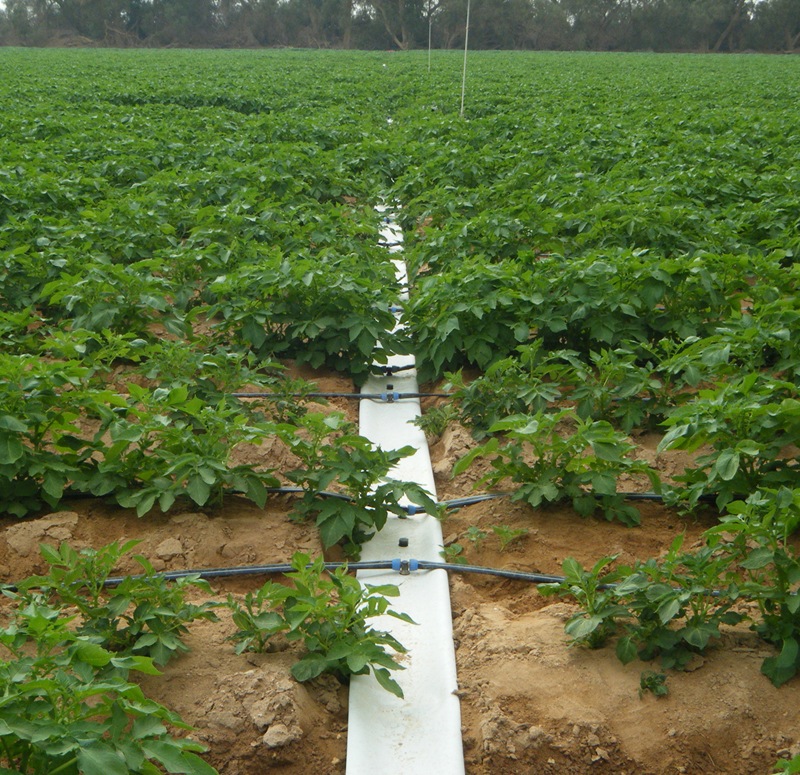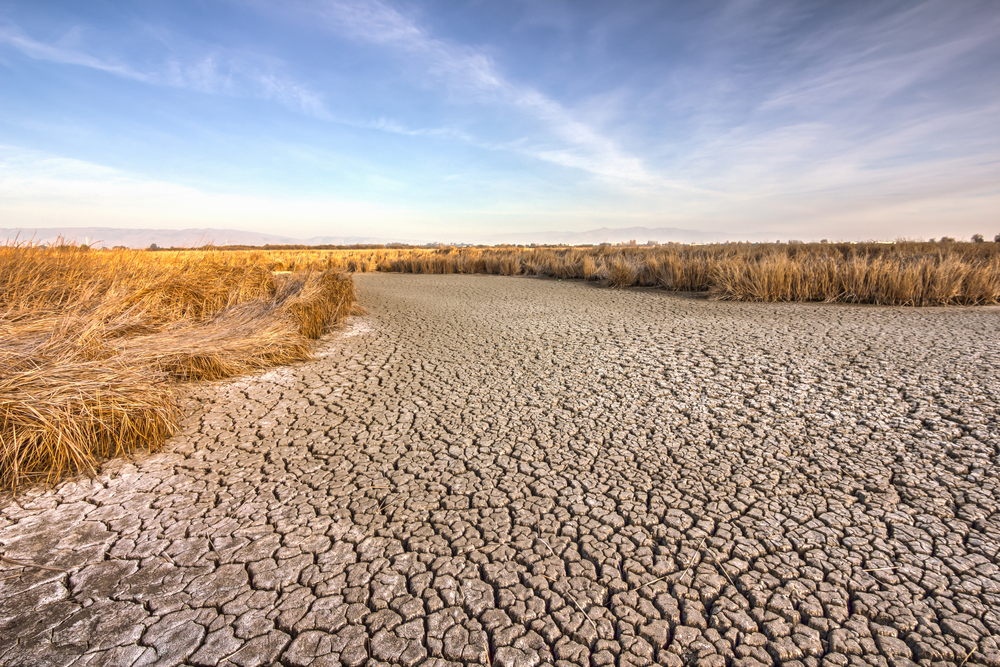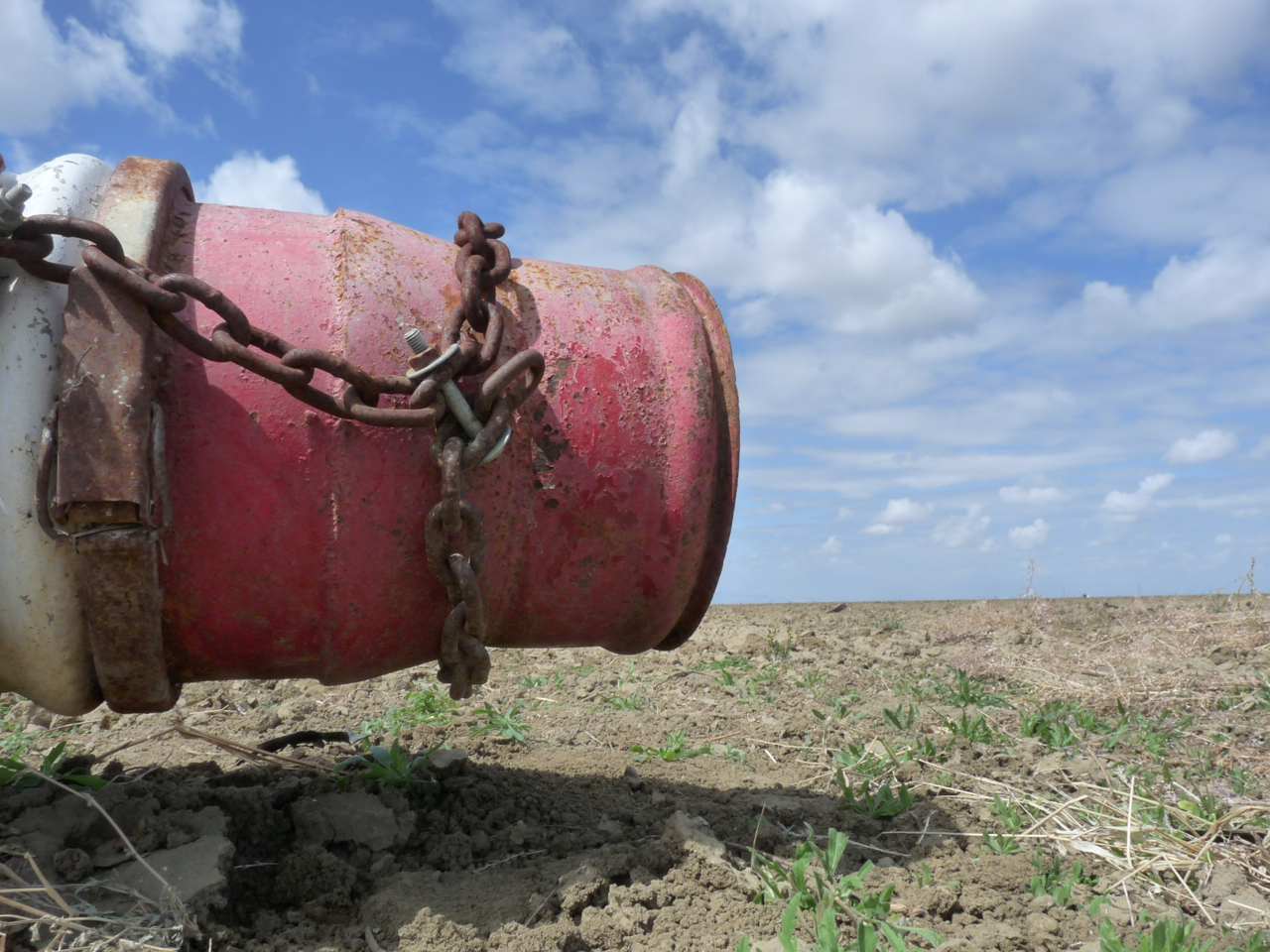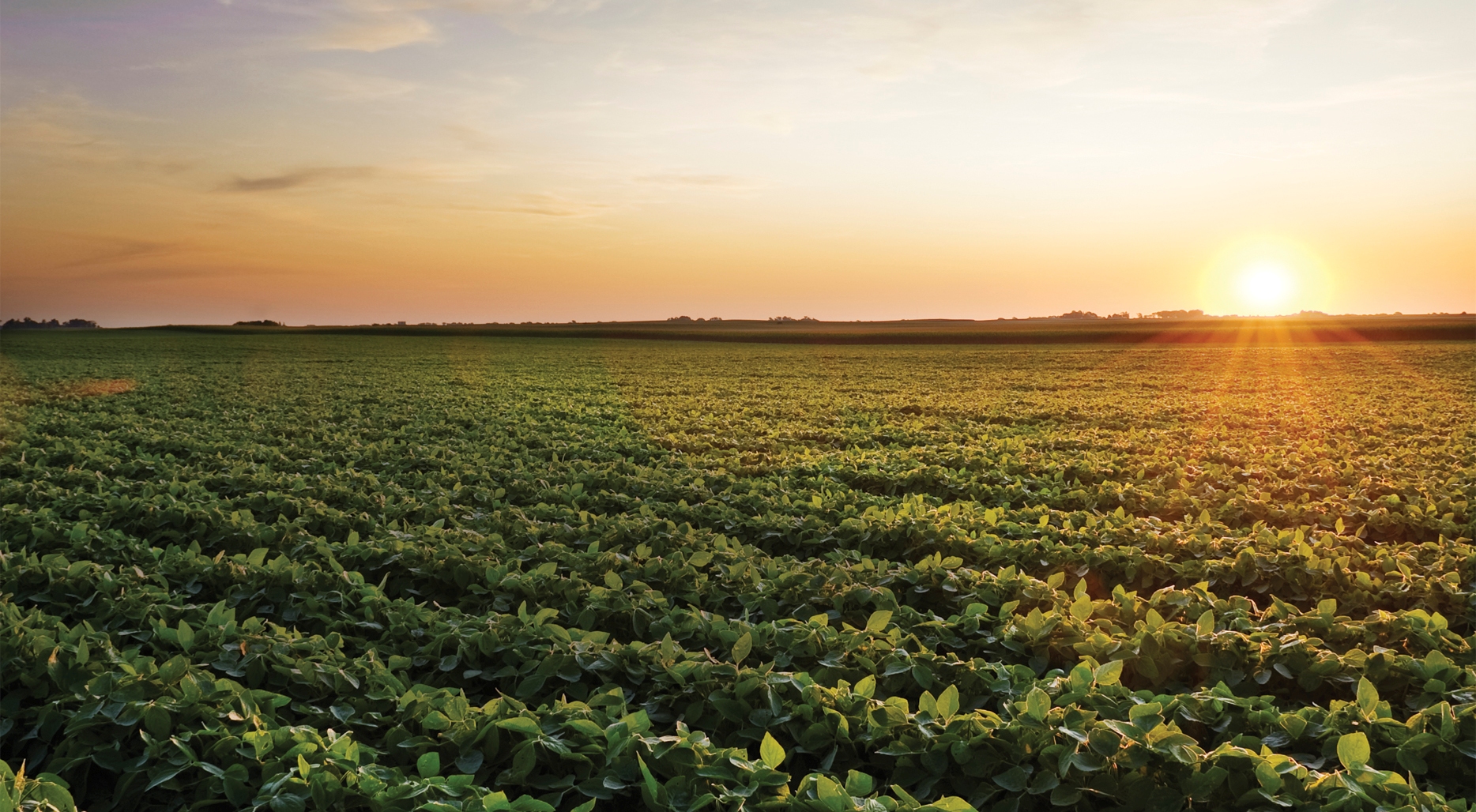Netafim Rolls Out Portable Drip Irrigation Technology
New PolyNet Flexible Piping System Provides Cost-Effective,
Water-Saving Solution For Today’s Farms
Addressing the diverse operational and environmental needs of today’s modern growers, Netafim, the pioneers of drip irrigation, have unveiled PolyNet, a high-performance, flexible, lightweight, cost-effective, piping solution for above and below-ground agricultural drip irrigation systems.
Utilizing an advanced, collapsible design, PolyNet is an innovative mainline and sub-mainline portable drip irrigation piping solution from Netafim that enables growers to easily install, recoil and relocate a drip irrigation system for use in an alternate field or different configuration.
Featuring leakage-free lateral connectors and integrated welded outlets, spaced according to customer requirements, PolyNet’s advanced design provides growers with an easy-to-assemble, precise water delivery solution that lowers labor and maintenance costs, increases water savings and improves crop performance potential through enhanced system performance.
Additionally, the cost (per acre) of a PolyNet portable drip irrigation system is substantially less than a below-ground PVC system, giving producers more options when deciding on a system that is the right fit for their operation.
 “A perfect complement to Netafim’s singular focus of providing reliable, simple and affordable irrigation solutions to help today’s farmers address the challenges of an increasingly complex industry, PolyNet enables farmers to reap the benefits of a drip irrigation system in areas where flexibility is essential,” said Ze’ev Barylka, Director of Marketing for Netafim USA. “Since first pioneering drip irrigation technology nearly 5 decades ago, the debut of PolyNet is a result of Netafim’s continued commitment to providing growers wit leading tools and technology needed to improve yield potential and productivity, while reducing costs, labor and water use.”
“A perfect complement to Netafim’s singular focus of providing reliable, simple and affordable irrigation solutions to help today’s farmers address the challenges of an increasingly complex industry, PolyNet enables farmers to reap the benefits of a drip irrigation system in areas where flexibility is essential,” said Ze’ev Barylka, Director of Marketing for Netafim USA. “Since first pioneering drip irrigation technology nearly 5 decades ago, the debut of PolyNet is a result of Netafim’s continued commitment to providing growers wit leading tools and technology needed to improve yield potential and productivity, while reducing costs, labor and water use.”
Available in a wide range of diameters, PolyNet’s thermostatic collapsible irigation pipe is constructed from rugged premium polyethylene materials that are designed to be versatile and durable enough to withstand the weight of heavy field machinery as well as the most stringent environmental conditions. Requiring no specialized installation tools, PolyNet is equipped with a connector kit and an array of branching and lateral fittings, making it compatible with any Netafim on-surface or subsurface (SDI) irrigation system.
For more information on PolyNet or the company’s industry leading drip irrigation products please visit www.NetafimUSA.com.

















